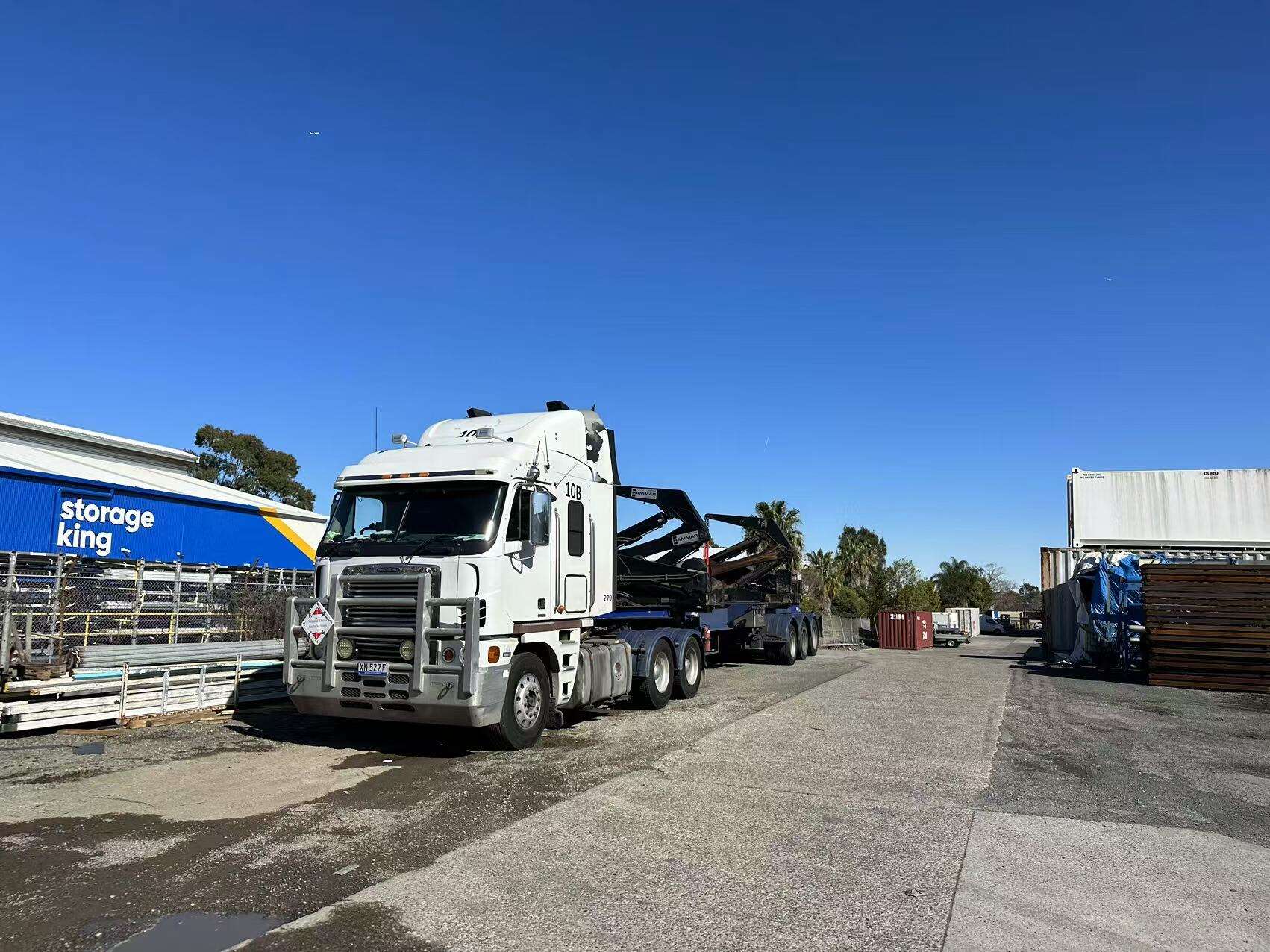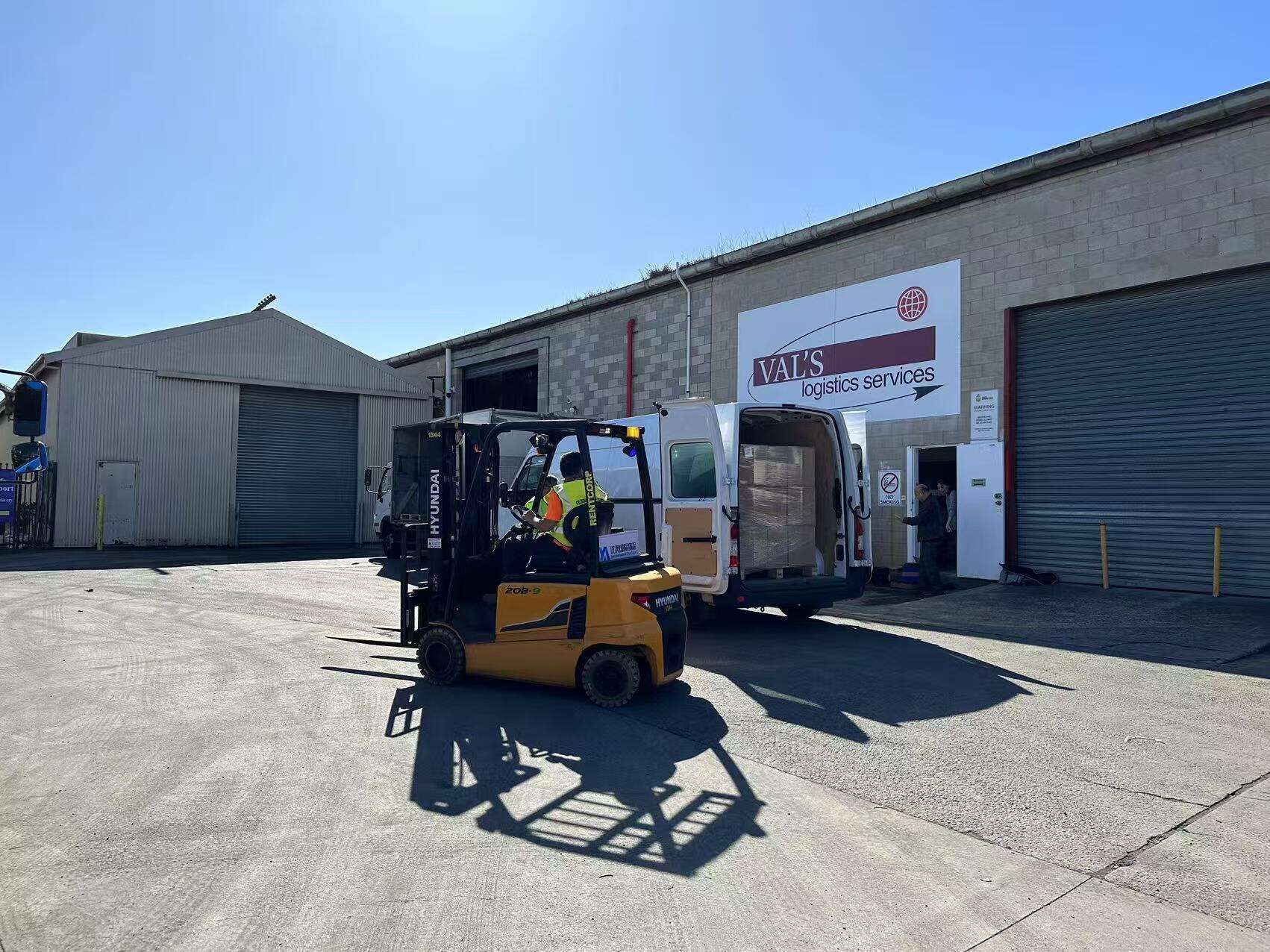Introduction: The Green Imperative in Global Logistics
The global freight transport industry is the backbone of international trade, connecting markets and delivering goods across continents. However, this vital function comes with a significant environmental footprint. At Youao Cargo, we believe that the future of logistics is inextricably linked to sustainability. As a professional provider of global freight transportation services since 2014, we are committed to pioneering sustainable freight transport practices that meet our clients' needs while protecting our planet. This article delves into the core strategies and actionable steps we are taking to build a greener, more resilient supply chain for your oversized parcels, e-commerce goods, and other cargo.
Why Sustainable Freight Transport Matters
Sustainability in logistics is no longer a niche concern but a business imperative. It encompasses environmental stewardship, economic viability, and social responsibility. For businesses and individual shippers alike, partnering with a forward-thinking logistics provider that prioritizes sustainable freight transport offers tangible benefits:
-
Enhanced Brand Reputation: Demonstrating a commitment to the environment strengthens your brand image among environmentally conscious consumers.
-
Cost Efficiency: Many sustainable practices, such as route optimization and fuel-efficient technologies, directly lead to reduced operational costs, allowing us to maintain our promise of competitive prices.
-
Regulatory Compliance: Governments worldwide are implementing stricter emissions regulations. Proactive adoption of sustainable practices ensures compliance and avoids potential penalties.
-
Risk Mitigation: Building a resilient supply chain that is less dependent on volatile fossil fuels future-proofs your operations.
Youao Cargo's Multi-Modal Approach to Sustainable Freight
Our comprehensive service portfolio—including air freight, sea freight, express, and railroad transportation—allows us to tailor the most efficient and environmentally sound solution for each shipment. Here’s how we integrate sustainable freight transport practices across different modes:
1. Ocean Freight: The Backbone of Green Shipping
Sea freight is inherently one of the most carbon-efficient modes for moving large volumes of goods, such as FCL (Full Container Load) shipments. We enhance this inherent advantage through:
-
Vessel Selection: We partner with carriers that invest in modern, fuel-efficient vessels and utilize cleaner fuels where available.
-
Route Optimization: Our professional logistics team plans the most direct maritime routes, minimizing sailing time and fuel consumption.
-
Consolidation (LCL - Less than Container Load): For smaller shipments, our LCL services are a cornerstone of sustainable freight transport. By consolidating multiple clients' goods into a single container, we maximize container space utilization, drastically reducing the carbon footprint per item shipped. This is particularly effective for e-commerce goods and traditional goods.
2. Air Freight: Balancing Speed with Responsibility
We understand that air freight is often chosen for its fast delivery time. To mitigate its environmental impact, we focus on:
-
Strategic Use: We recommend air transport for high-priority or perishable items like certain foodstuffs or business express shipments, ensuring its use is justified.
-
Collaboration with Airlines: We work with airline partners who are actively modernizing their fleets with newer, more fuel-efficient aircraft.
-
Advanced Booking and Planning: Efficient ground handling and reduced waiting times on the tarmac contribute to lower emissions per flight.
3. Railroad Transportation: The Land-Based Green Corridor
For overland transport across continents like Europe and Asia, railroad transportation presents an excellent sustainable alternative. It offers a compelling balance between speed, cost, and emission reduction compared to air or road transport. We actively promote rail solutions as a key component of a sustainable supply chain.
4. Last-Mile and Final Delivery: The Final Frontier of Sustainability
Our service doesn't end at the port or airport. Our DDP/DDU (Direct Delivery to Home) services are optimized for efficiency:
-
Route Planning: Advanced software helps plan the most efficient delivery routes for our local carriers, minimizing unnecessary mileage and idling time when delivering your personal belongings or oversized parcels.
-
Consolidated Deliveries: In urban areas, we coordinate deliveries to optimize truckloads, reducing the number of vehicles on the road.
Beyond Transportation: Our Holistic Commitment
Sustainable freight transport practices extend beyond the movement of goods. At Youao Cargo, our commitment is woven into our operational fabric:
-
Digitalization and Paperless Operations: We minimize paper use through digital documentation, invoicing, and tracking. This not only saves resources but also enhances transparency and professionalism.
-
Warehousing Efficiency: Our partner warehouses are encouraged to implement energy-efficient lighting and equipment to reduce their environmental impact during cargo storage and handling.
-
Supplier Engagement: We engage with our partners—from carriers to packaging suppliers—to encourage and adopt shared sustainable values.
Our Mission in Action: Safety, Professionalism, and Integrity
Our company mission—safety, professionalism, and integrity—is the foundation of our sustainability efforts.
-
Safety: Ensuring the safety of goods and personnel aligns perfectly with sustainable practices, preventing waste from damage or accidents.
-
Professionalism: Our professional logistics team is trained to understand and implement the latest sustainable freight transport practices, providing you with expert advice.
-
Integrity: We operate with integrity by being transparent about our environmental efforts and continuously seeking improvement. This builds the trust that is essential for our DDP and DDU services.
Conclusion: Partnering for a Sustainable Future
The journey towards fully sustainable freight transport is ongoing. At Youao Cargo, we are dedicated to leading this charge, leveraging our decade of experience and fully functional logistics team. By choosing us as your freight transportation partner, you are not just selecting a provider known for competitive prices and stable delivery time; you are aligning with a company that is actively building a more sustainable future for global trade.
Whether you are shipping cosmetics, oversized commodities from the US or Europe, or personal belongings, we invite you to experience the Youao Cargo difference—where your logistical success and our planetary responsibility go hand in hand.
Contact Youao Cargo today to discuss how we can build a sustainable and efficient shipping strategy for your business.
Table of Contents
- Introduction: The Green Imperative in Global Logistics
- Why Sustainable Freight Transport Matters
- Youao Cargo's Multi-Modal Approach to Sustainable Freight
- Beyond Transportation: Our Holistic Commitment
- Our Mission in Action: Safety, Professionalism, and Integrity
- Conclusion: Partnering for a Sustainable Future




